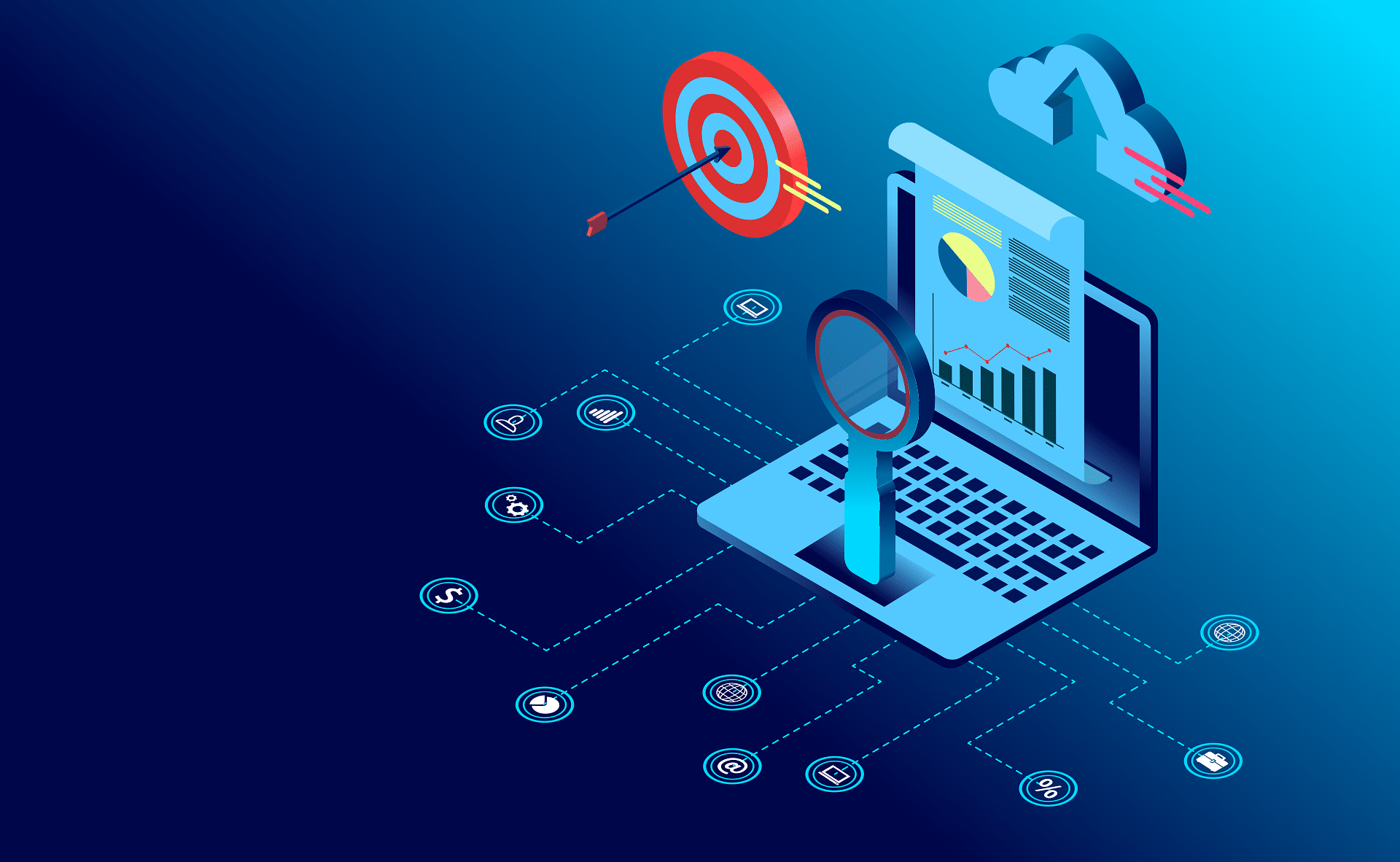There are several challenges pushing the healthcare market to change their desktop management strategy from physical to virtual desktops.
The move by healthcare organizations to Electronic Medical Record (EMR) systems has accelerated in the past two years since the HITECH Act was included as part of the 2009 Stimulus package. It gives physicians financial incentives to showing that they are meaningfully using health information technology. “The HITECH Act specifies that physicians can qualify for $44,000 or more in economic stimulus incentives for adopting a Certified EMR. The government is putting in $19.2 billion dollars to help move all doctors off paper records onto electronic systems.” https://www.cms.gov/ehrincentiveprograms/
Each organization selects a different EMR system and most of them need to handle an aging infrastructure, often more a then decade old!
With the move to electronic medical records, the main IT goal of healthcare organizations is to provide fast and secure access to the EMR system from anywhere and from any device, making the desktop a tier one application. The problems begin when the desktop becomes so critical that organizations can’t rely anymore on old desktops – especially ones with an OS that will soon loose it’s support (XP).
Accompanying the decision to move to a digitalized medical records system, the organization also needs to make a decision to modernize their desktops, making them reliable and highly available. This can be achieved by moving to virtual desktops and application virtualization since virtual desktops allow fast and secure access from any device and virtualized applications allows organizations to move old legacy applications to new OS without changing the code.
User experience is also very important since medical records usually include very high resolution imaging. This is one of the main reasons why terminal services are not a suitable solution.
To conclude, desktops are becoming very critical in the healthcare market. Healthcare organizations are being forced to adapt, moving from their traditional approach to giving access to the desktop from anywhere and from any kind of device, while benefiting from minimized costs and improved user experience. Desktop virtualization enables them to achieve these goals
